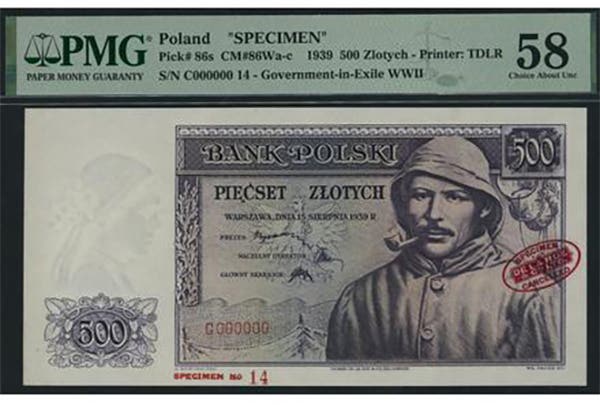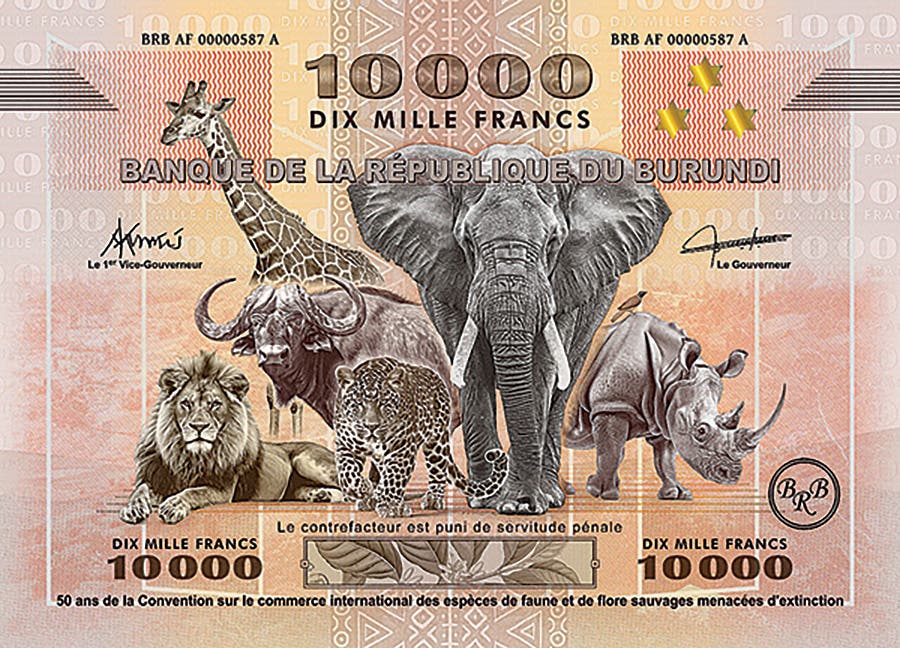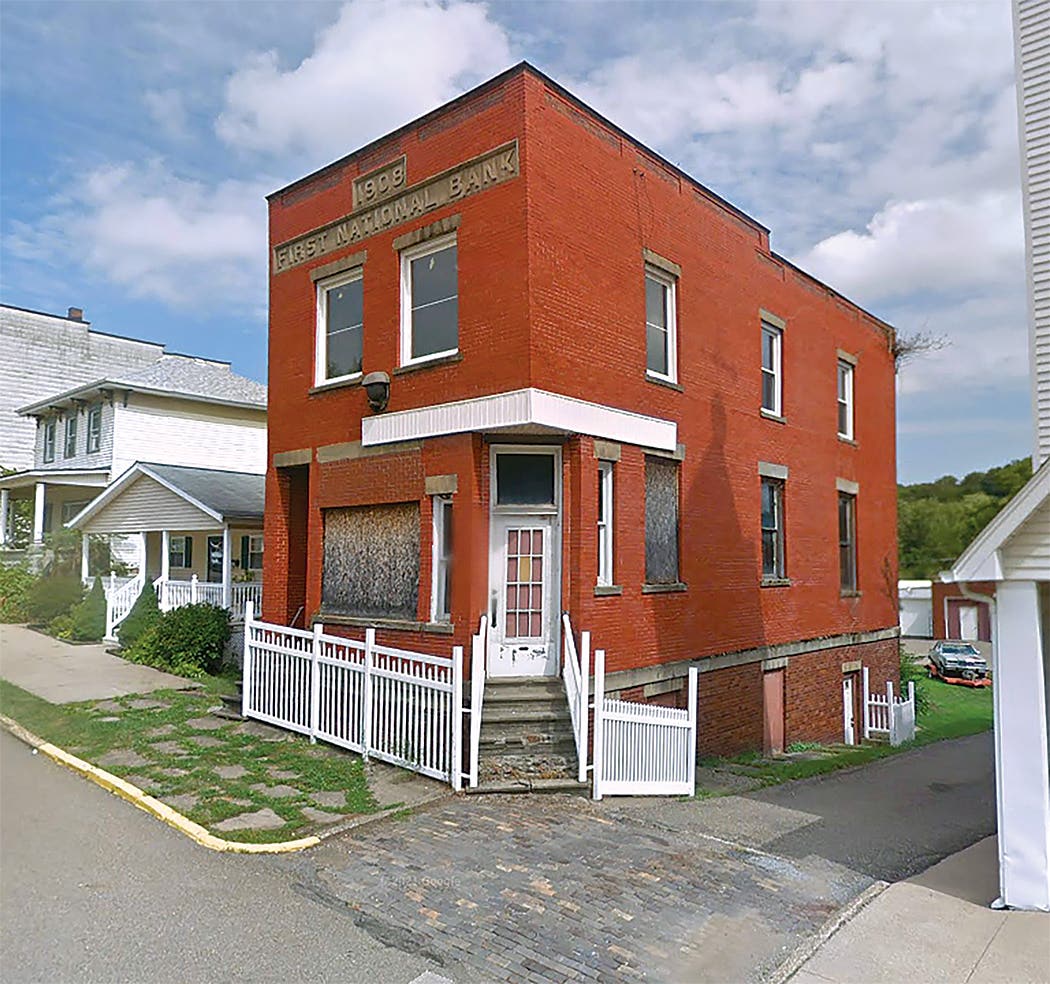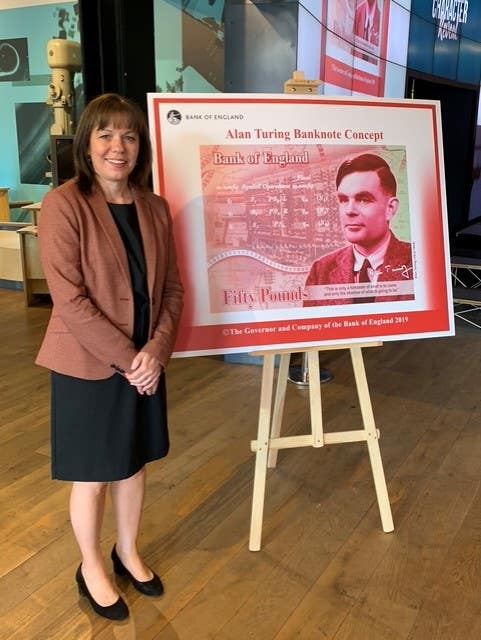Bank of England £1,000 note featured in auction
By Kerry Rodgers On Sept. 29 Dix Noonan Webb will be offering a rare Bank of England £1,000 note, P-341, as part of its British and World Paper Money sale….
By Kerry Rodgers
On Sept. 29 Dix Noonan Webb will be offering a rare Bank of England £1,000 note, P-341, as part of its British and World Paper Money sale. The note is described as having, “two light creases otherwise crisp good very fine to extremely fine.” It is dated Oct. 15, 1935 and signed by K.O. Peppiatt. It will be going to the block with an estimate of £18,000 to £22,000 ($30,700 to $37,600). In 2008 a good EF example sold for $35,000.
The £1,000 was the highest denomination issued by the Bank of England. It was not a note used by the average family in everyday transactions. In 1939 the average British salary was £192 with a modest family home able to be bought for £530. The note’s main use was in large financial transactions such as between banks.
The denomination’s demise came with Operation Bernhard, the World War II German plan to destabilize Britain’s economy by flooding the country with counterfeit notes. Large numbers of £5, 10, 20, 50 fakes were printed and distributed from 1943. The Bank of England responded by withdrawing all denominations over £5.
Post-war no new £1,000 notes were printed. The last £1,000 was issued in 1943. The denomination ceased to be legal tender on April 16, 1945.
All notes withdrawn from circulation were destroyed. Just 63 £1,000 remain unaccounted for. Today some two dozen are believed to exist but with a number of those in institutional collections.
The example being offered by DNW is being sold by a British private collector. Full details of the note and auction can be found at the DNW website: www.dnw.co.uk; click on “British and World Paper Money.”








